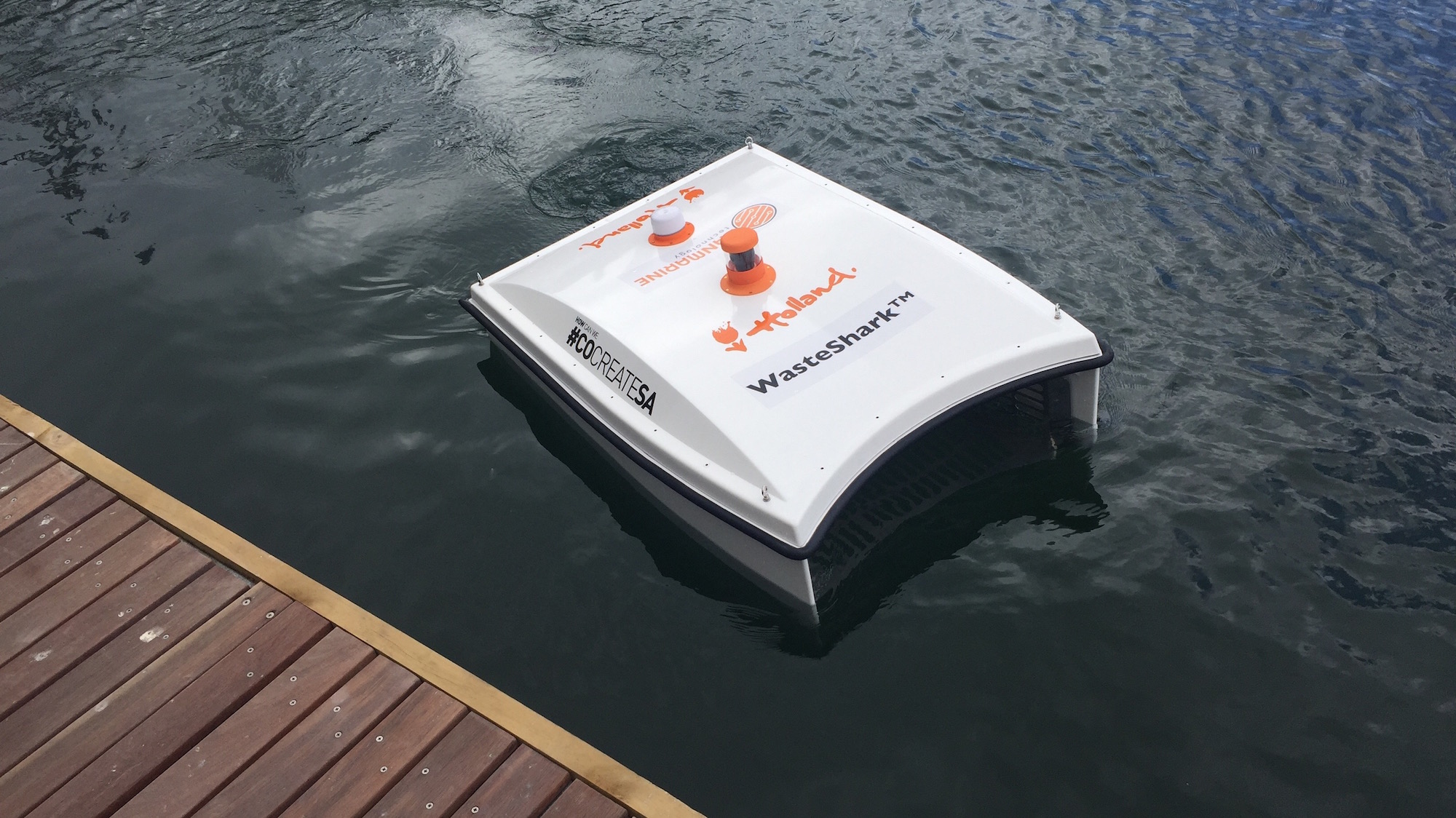
Robohub.org
Garbage-collecting aqua drones and jellyfish filters for cleaner oceans

An aqua drone developed by the WasteShark project can collect litter in harbors before it gets carried out into the open sea. Image credit – WasteShark
By Catherine Collins
The cost of sea litter in the EU has been estimated at up to €630 million per year. It is mostly composed of plastics, which take hundreds of years to break down in nature, and has the potential to affect human health through the food chain because plastic waste is eaten by the fish that we consume.
Related posts :
MIT engineers design an aerial microrobot that can fly as fast as a bumblebee
MIT News
31 Dec 2025
With insect-like speed and agility, the tiny robot could someday aid in search-and-rescue missions.
Robohub highlights 2025
Lucy Smith
29 Dec 2025
We take a look back at some of the interesting blog posts, interviews and podcasts that we've published over the course of the year.
The science of human touch – and why it’s so hard to replicate in robots
The Conversation
24 Dec 2025
Trying to give robots a sense of touch forces us to confront just how astonishingly sophisticated human touch really is.
Bio-hybrid robots turn food waste into functional machines
EPFL
22 Dec 2025
EPFL scientists have integrated discarded crustacean shells into robotic devices, leveraging the strength and flexibility of natural materials for robotic applications.
Robot Talk Episode 138 – Robots in the environment, with Stefano Mintchev
Robot Talk
19 Dec 2025
In the latest episode of the Robot Talk podcast, Claire chatted to Stefano Mintchev from ETH Zürich about robots to explore and monitor the natural environment.
Artificial tendons give muscle-powered robots a boost
MIT News
18 Dec 2025
The new design from MIT engineers could pump up many biohybrid builds.
Generations in Dialogue: Human-robot interactions and social robotics with Professor Marynel Vasquez
Catch the latest podcast in the new series from AAAI.
Robot Talk Episode 137 – Getting two-legged robots moving, with Oluwami Dosunmu-Ogunbi
Robot Talk
12 Dec 2025
In the latest episode of the Robot Talk podcast, Claire chatted to Oluwami Dosunmu-Ogunbi from Ohio Northern University about bipedal robots that can walk and even climb stairs.
©2025.05 - Association for the Understanding of Artificial Intelligence



